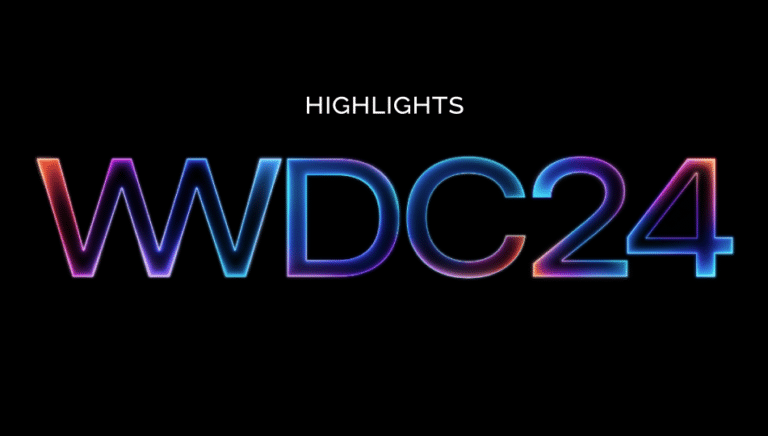As Apple wraps up this year’s Worldwide Developers Conference (WWDC), the keynote brought exciting quality-of-life improvements and promising enhancements, though nothing earth-shattering. Our predictions weren’t entirely accurate but not completely off the mark either. Instead of SKAN 5 updates, Apple announced AdAttributionKit, which, while not fully addressing current SKAN struggles, introduces notable improvements like long-awaited support for reengagement campaigns (a promise from SKAN 5). However, marketers are still left without a comprehensive way to measure retargeting efforts.
AdAttributionKit: The new SKAN 5?
Apple announced its next iteration of privacy-centric attribution, ditching the SkAdNetwork (SKAN) moniker for the much catchier AdAttributionKit.
AdAttributionKit is “built on top of SkAdNetwork fundamentals,” meaning the overall concepts are nearly identical, which leads us to believe that AdAttributionKit will eventually replace SKAN. For now, SKAN and AdAttributionKit will be interoperable, allowing for streamlined conversions to the new framework.
AdAttributionKit introduces new features that the industry eagerly anticipated (or really, crossed their fingers for) with SKAN 5.
Finally, support for reengagement campaigns
SKAN 5 promised reengagement support, which is now included in AdAttributionKit. This will finally allow marketers to measure how many users return to their app. Best of all, you can continue to depend on Branch deep links for your reengagement campaigns because Apple will use Universal Links to power its AdAttributionKit reengagement flows. Note, however, that AdAttributionKit reengagement campaigns only support click-through attribution.
Reengagement campaigns can also run in conjunction with acquisition campaigns; the AdAttributionKit framework will provide the corresponding postback depending on whether the app was installed. With reengagement support, we expect greater insights through additional postbacks, as we are no longer limited to the initial three postbacks from the app’s launch.
Apple opens its gates to support third-party marketplaces
With AdAttributionKit, postbacks will now support third-party marketplaces through a new ‘marketplace-identifer’ field, enabling the identification of download or redownload sources.
Major improvements to Developer Mode
Previously, Apple’s stringent privacy controls made testing SKAN difficult, requiring approximately 20 installs per campaign to initiate feedback, further complicated by randomized timers. This year, Apple introduced major enhancements to testing with AdAttributionKit Developer Mode, which removes the time randomization, shortens conversion windows, and quickens postback transmission. Developers can toggle this mode within their devices’ iOS Settings in the Developer menu.
Anticipated value from AdAttributionKit
We’re eager to explore two key areas further:
1. Additional granularity in engagement and placements. AdAttributionKit introduces two new ad display methods, providing finer granularity in performance and reporting beyond the known SKAN placements of SKOverlay ads and SKStoreProductViewController ads.
-
- Custom-click ads: A newer iteration of SKAN for Web Ads offers a generic means to register a click and support click-through ads for reengagement, third-party marketplaces, and destinations outside the Apple App Store.
- View-through ads: Provides a generic means to register an impression, covering any custom ad presentation for view-through attribution.
2. More granular conversion value (CV) insights in lower funnel postbacks. While SKAN limits postback 2 and 3 to coarse conversion values, Apple indicated during the “Meet AdAttributionKit” session that CV granularity correlates directly with crowd anonymity. We can speculate that AdAttributionKit may now support finer CV granularity in postbacks 2 and 3 if corresponding crowd anonymity tiers are met.
Apple Intelligence
Thought AI stood for artificial intelligence? Think again. Apple has redefined “AI” as Apple Intelligence, marking its bold stake in the next era of innovation.
Apple’s positions its AI as “AI for the rest of us.” While introducing familiar AI features seen in tools like Midjourney, Adobe Illustrator, and Grammarly, Apple is now integrating similar capabilities, such as generative AI writing and image creation, as on-device add-ons to existing Apple apps. Notably, Apple has partnered with OpenAI to seamlessly provide ChatGPT across its OS suite, a move that diverges from its traditional brand.
What garnered the most interest here at Branch, however, is the ongoing development of AppIntents. The “What’s new in App Intents” session highlighted that “AppIntents is core to building experiences for Apple Intelligence.” This statement, coupled with the announcement that AppIntents can now be exposed by Universal Links in iOS 18, sparked significant excitement at Branch, where we have made significant investments in Universal Links.
Although AppIntents has not achieved widespread adoption since its release with iOS 16, we anticipate that Apple Intelligence will drive a renewed demand for user personalization and engagement. AppIntents offer a powerful framework for app developers to create personalized and captivating user experiences across devices. While Universal Links in AppIntents is still a new concept, at Branch, we see immense potential for unlocking valuable new opportunities in the future.
Conclusion
As WWDC comes to a close, Apple’s keynote brought notable improvements with AdAttributionKit, though it lacked groundbreaking announcements. Despite not fully resolving SKAN challenges, reengagement support is a step in the right direction. With promising developments in developer tools and AI integration under Apple Intelligence, the future holds potential for better app experiences.
To delve deeper into Apple’s announcements and explore their implications for the industry’s future, replay our webinar: AdAttributionKit: What Marketers Need to Know From WWDC 2024

